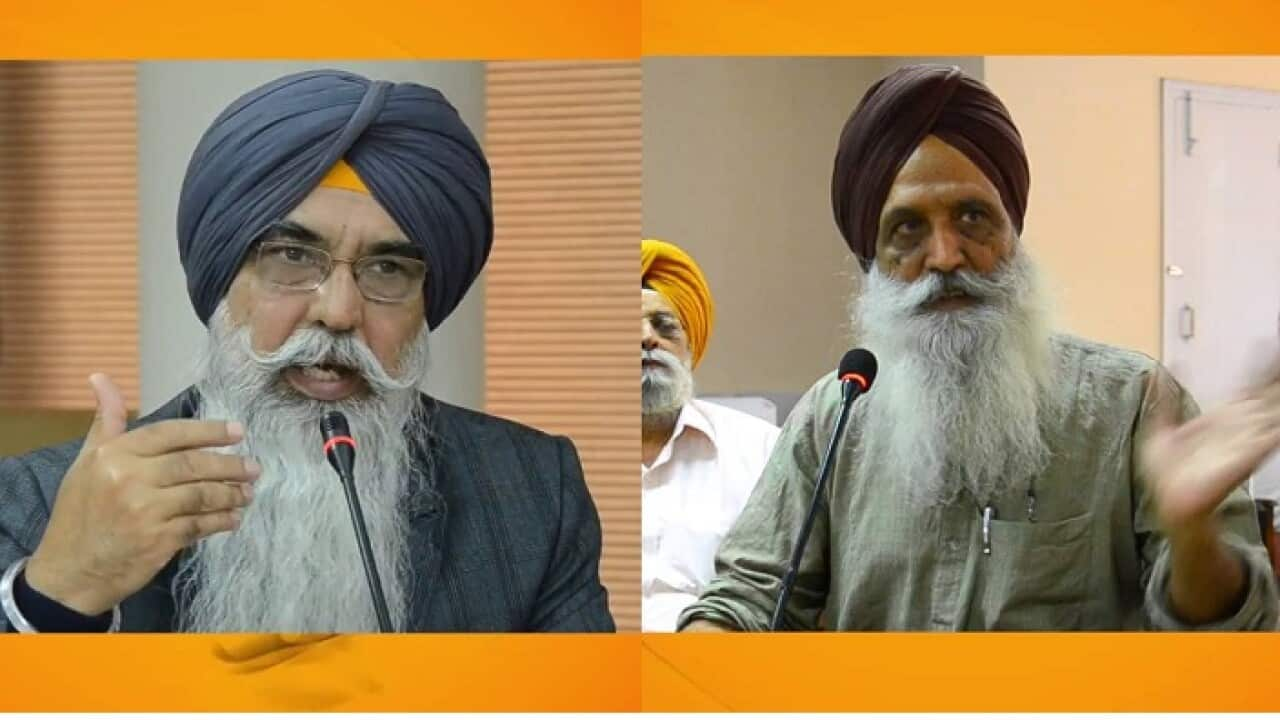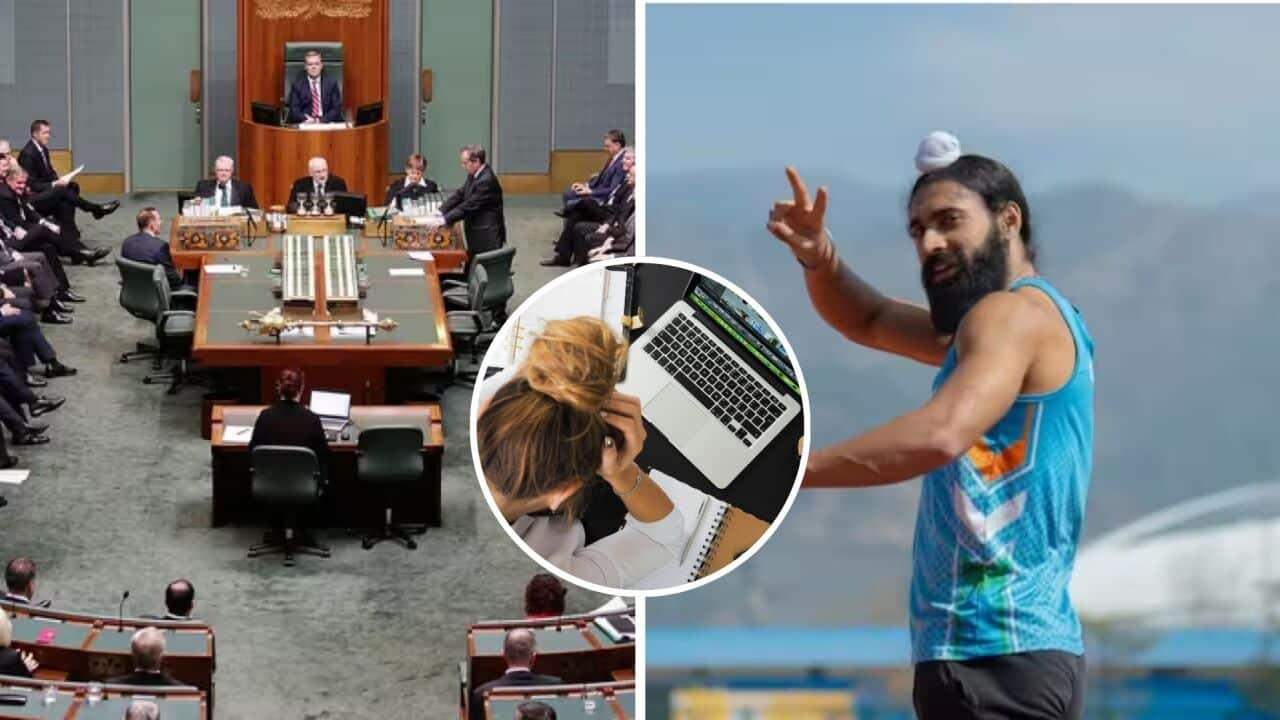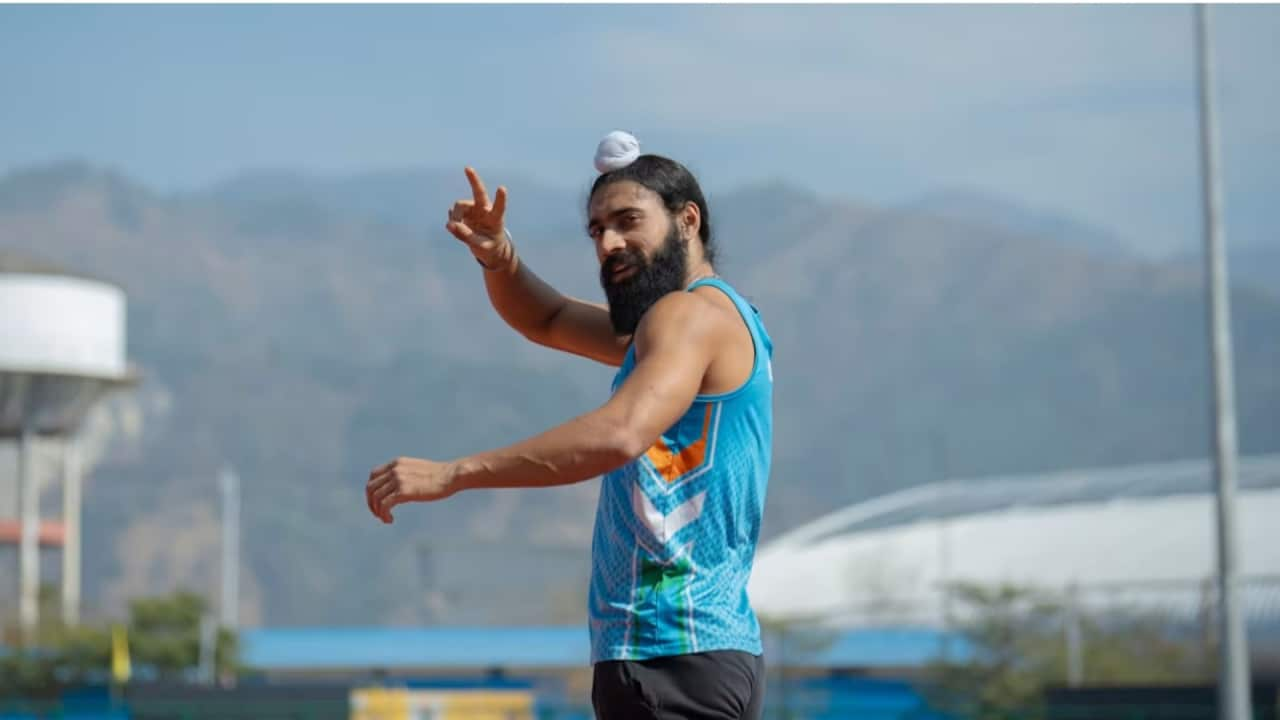Preetinder Grewal in Conversation with Mr Jaspal Singh Sidhu (Journalist) and human rights activist/Supreme Court Lawyer Navkiran Singh
Preetinder: On the other side of telephone line we have a well-known journalist Mr Jaspal Singh Sidhu who will talk tonight about 31st October 1984, the very next day after the death of Indian prime Mrs. Indira Gandhi.
This conversation with Mr Sidhu is to know about the hidden factual information of that time. It is a very emotional matter for the Sikh community.
And SBS Radio is trying not to hurt anyone’s feelings and dig the past, but it’s an effort to investigate the real situation of that time and the facts behind the massacre.
Mr Sidhu, Welcome to the conversation.
Mr Sidhu: Thank you,
Preetinder: Now we will talk about 30th October 1984 after the assassination of Indian prime minister Mrs. Indira Gandhi, some journalists think that media was more emphasizing on reviling the identity of killer rather than just announcing the names of the killers?
From 31st of October till 3rd of November 1984 there was no law and order in place; Sikh people were killed brutally in broad daylight.
Was the media publishing the truth or was it downplaying the facts under the influence of the ruling government?
Were there any media through which true facts were projected?
Mr Sidhu: In fact, during the first 3 days media was unable to write. On 3rd and 4th November Indian express and few other newspapers published this incident.
Before this official version of news was that the attack is spontaneous.
Police did not reach the crime spot on time, police was taking a back step, Sikh people were who were in Army were disarmed and Locals arms were seized. Such reports came out later.
Mainly the most dangerous report were about brutality and massacre were came out from slum area like Kalyanpuri, and there were many such incidents from Shadara, Trilokpuri, Geeta colony, More people were killed in these areas.
In these areas mainly Sikh labourers were residing, and more people were killed in these colonies. After lot of hardship on 3rd or 4th day, the press reached to cover these colonies.
Much of this is now been documented and written how they have reached there?
Most of the time it was restricted and people were unable to reach the crime spot. Now, this has also been documented that they (press) purposefully stopped from going to that place. Officials and police were downplaying the incident.
It is routine in India for the press to get first-hand information from the police. And Police was denying that about happened incidents and keep saying it’s all peaceful.
Because of this, the reporting was not on time and it got delayed. Most of the reporting was very late. Therefore there was no reporting when the incident occurred.
Reporting started when the people started to gather in the relief camps and when the people started coming on roads.
Preetinder: Prominent leaders of Congress like Sajjan Kumar, Jagdish Tytler, H K L Bagat, Kamal Nath, they were all blamed, and a lot of inquiry commissions were set one of which was Nanavati commission.
In eyes of law, a person is not criminal unless he is proven guilty. They are still not found guilty, tell us - whether the judiciary is weak, or they are really innocent?
Mr: Sidhu: Our basic judiciary system is based on the first information report (FIR), what is FIR? What is the case? Who are the witnesses?
During this FIR was not being registered, ongoing cases are on the basis of the affidavits submitted by victims and surviving family members of the massacre.
The way our legal system works is baseless as it depends solely on FIR. Legal proceeding start on the basis of FIR, and that was not there. That is the reason convicts have not been punished till now.
All the commission which were set up and the very first commission were set under restricted perimeters and conditions.
Nanavati commission had broader terms of reference under NDA Govt. Nanavati commission has mentioned that it wasn’t spontaneous but it was planned and organised. They used organised word. They also mentioned, houses of Sikh victims were predetermined, by voter list.
Nanavati commission also disclosed that the main targets were Sikh men and Sikh youth, the women were sexually harassed but not killed, and it was a special plan.
Commission also mentioned that if the incident was spontaneous people would have used stones, bricks, and small arms. But in this case special explosive material, kerosene oil was used, hence incident wasn’t spontaneous, and who has given permission to attackers to travel freely in buses, and no one questioned them.
So this proves that it was planned and organised; now press also started calling this anti- Sikh riots.
For 10 to 15 from November 1984, it was called November riots.
After 20 year of occurrence, we have started calling anti-Sikh riots. Now many Sikh organizations called this genocide.
Preetinder: Now we have Human rights activist/Supreme Court/ Punjab Haryana high court Lawyer Navkiran Singh
A common saying “A person who gets hit by the stone feels the pain more than the person who throws”
What is the current situation as proofs have found against the Congress leaders, you and Mr Phoolka are fighting for the victims?
Will they be punished or not?
Mr Singh: Situation is this that from 1984 till now most of the victims are dead, witnesses are either busy in their life or no more interested, Some of them scared.
In this situation, we are still fighting for justice against and Sajjan Kumar's case has been de-commissioned. Jagdish Tytler's case has been ongoing as he is still alive.
As per my opinion, it will be a long fight for justice, it will go down in history books as the longest battle for justice. Unless people will be strong and witnesses should be given, there shouldn’t be demand for compensations but they should also demand punishing the convicts.
The victims are still hopeful that convicts will be punished. In Delhi cases, victims were focusing getting compensation more than getting the convicts punished. So ultimate result so far is not many convicts been punished.





